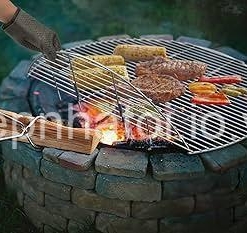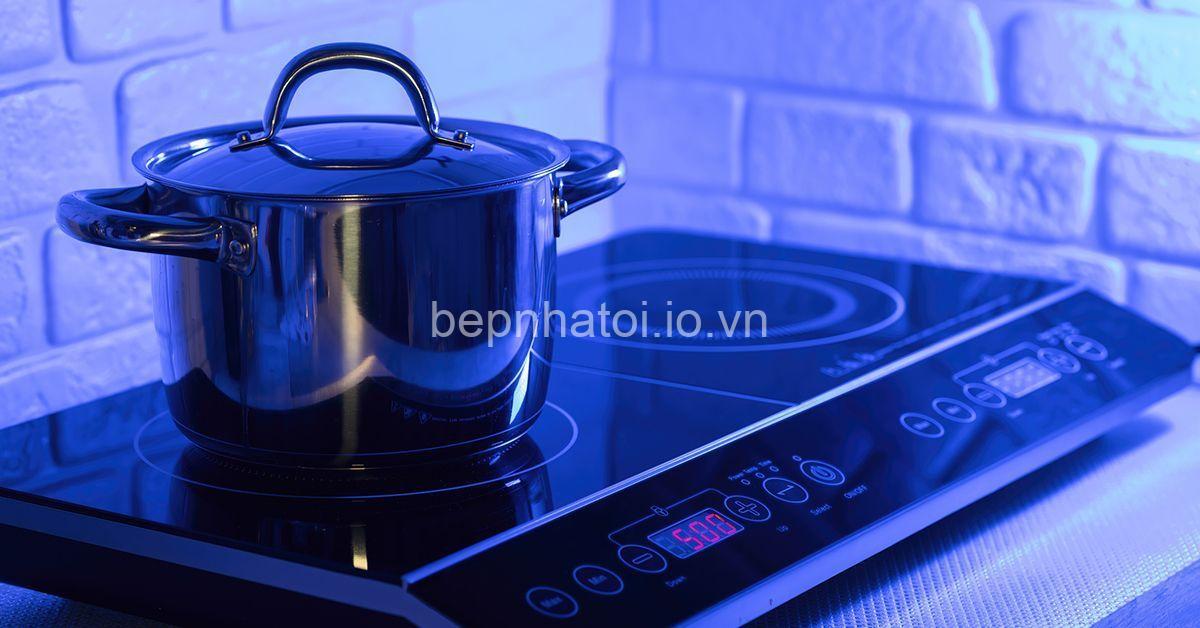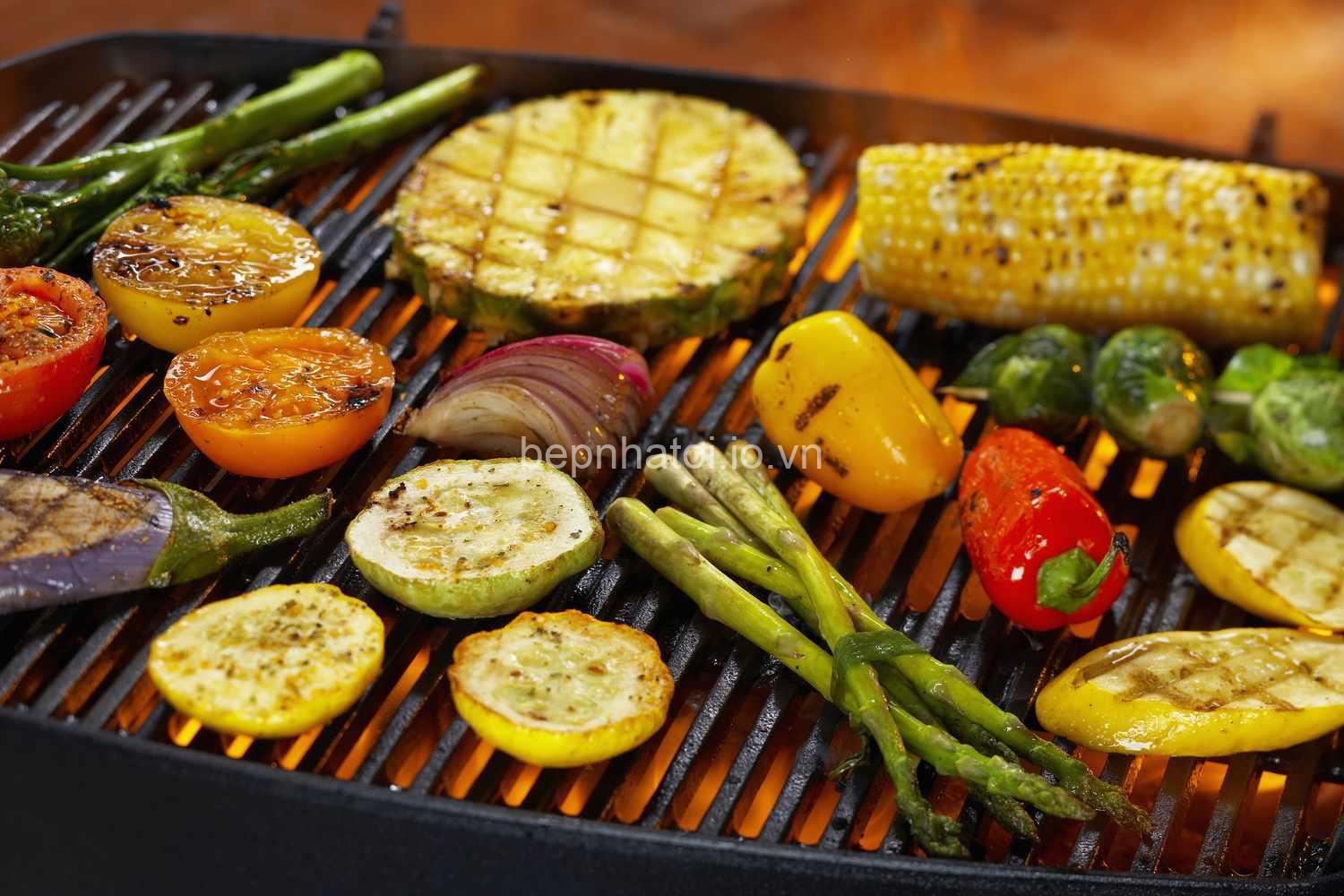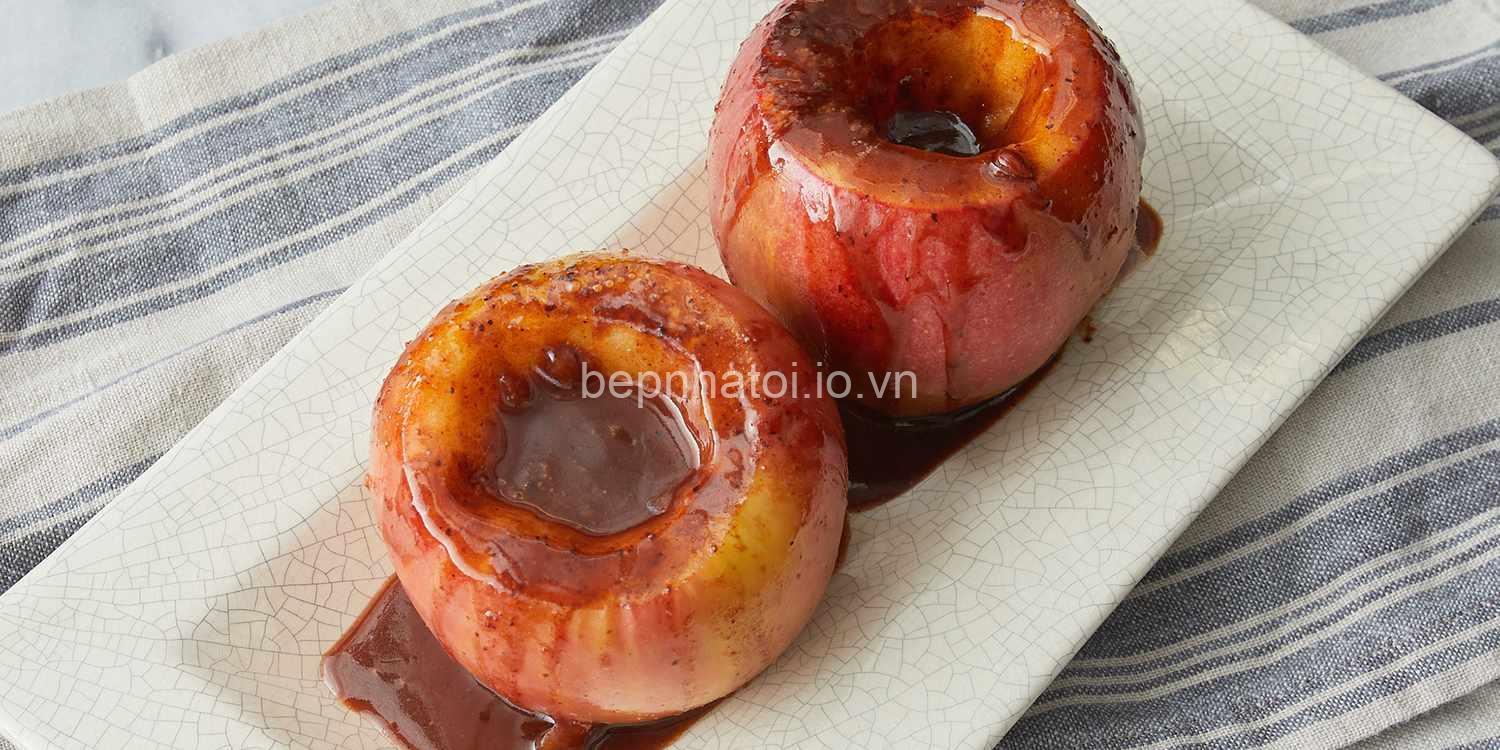Description
How to Use a Pizza Stone for Deliciously Crispy Pizza
Let’s start with the basics: what exactly is a pizza stone? It’s essentially a flat piece of stoneware, typically made from ceramic, slate, or granite. The stone’s porous nature is what makes it a pizza-making powerhouse. It absorbs excess moisture from the dough, promoting even heat distribution and resulting in a beautifully crispy crust.
Using a pizza stone isn’t rocket science, but there are a few key steps to ensure you get the best results:
- Preheating the Pizza Stone: This is crucial! A hot stone transfers heat efficiently, ensuring a crispy crust from the start. Preheat your stone in the oven for at least 30 minutes at the desired baking temperature – usually around 500°F (260°C).
- Placing the Pizza on the Stone: Once your stone is piping hot, carefully slide your pizza onto its surface. Avoid using a metal spatula, as it can cause uneven heating. A pizza peel works best for transferring your pizza.
- Baking Time & Temperature: A general rule of thumb is to bake your pizza for 10-15 minutes, but the exact time will depend on your recipe and oven. Keep a close eye on your pizza; the crust should be golden brown and cooked through.
- Removing the Pizza Safely: Once your pizza is ready, use your pizza peel to carefully lift it off the stone. Remember, the stone is extremely hot, so be cautious!
Choosing the Right Pizza Stone for Your Needs
Now that you know how to use a pizza stone, let’s talk about choosing the right one for your needs. Here are some key factors to consider:
- Size Considerations: The size of your pizza stone should match your oven and your pizza-making preferences. If you often bake large pizzas, a 16-inch stone might be ideal. However, for smaller ovens or individual pizzas, a 12-inch stone might be a better fit.
- Material Matters: The material of your pizza stone can impact its performance and lifespan. Ceramic stones are generally affordable and easy to clean. Slate stones tend to be more porous and absorb heat better, but they can be more brittle. Granite stones offer good heat retention and durability, but they can be heavier and more expensive.
- Features to Consider: Some pizza stones have additional features that might appeal to you. Handles can make moving the stone in and out of the oven easier. A built-in thermometer allows you to monitor the stone’s temperature accurately. Non-stick surfaces can make for easier clean-up.
- Setting a Budget: Pizza stones come in a wide range of price points. You can find affordable options starting around $20, while high-end stones can cost upwards of $100. Consider your budget and the features that matter most to you when making your decision.
Delicious Pizza Stone Recipes & Tips
Now for the fun part: making delicious pizzas! Here are some recipes and tips to help you get started:
- Easy Pizza Recipes: Don’t be intimidated! Start with a simple pizza dough recipe, and experiment with toppings that you enjoy. A classic Margherita pizza is a great starting point.
- Tips for a Perfect Crust: For a perfect crust, let your dough rise properly. Use a good quality pizza flour and be sure to preheat your oven to a high temperature (around 500°F). Avoid overcrowding the stone with too many pizzas at once, as this can lead to uneven cooking.
- Beyond Pizza: Pizza stones aren’t just for pizzas! They’re also fantastic for baking bread, cookies, and even roasting vegetables. Their even heat distribution ensures consistent results for all your baking needs.
Cleaning & Maintaining Your Pizza Stone
Just like any other kitchen tool, your pizza stone requires proper care and cleaning.
- Cleaning Methods: A simple cleaning method is often all you need. After use, let the stone cool completely, then scrub it with a stiff brush and warm, soapy water. Avoid using abrasive cleaners or soaking the stone in water, as this can damage its surface.
- Preventing Damage: Handle your pizza stone with care to avoid cracking or chipping. Always use a pizza peel to transfer pizzas on and off the stone. Store your stone in a cool, dry place.
- Seasoning the Stone: While not essential, some people prefer to season their pizza stones to enhance their performance. This involves applying a thin layer of oil to the stone and baking it in a low oven for a short time.
Top Pizza Stone Brands & Where to Buy
There are a number of great brands offering high-quality pizza stones. Here are a few popular options:
- [Brand Name]: Known for [Specific Feature]
- [Brand Name]: Known for [Specific Feature]
- [Brand Name]: Known for [Specific Feature]
You can find pizza stones at a variety of retailers, both online and in-store. Here are some places to start:
- [Online Retailer]: [Link to website]
- [Online Retailer]: [Link to website]
- [Local Kitchen Store]: [Address or link to website]
Pizza Stone FAQs
What is the best pizza stone material?
The “best” material depends on your individual needs and preferences. Ceramic stones are affordable and easy to clean, while slate stones offer superior heat retention. Granite stones are durable and long-lasting.
Can I use a pizza stone in my regular oven?
Absolutely! Most pizza stones are designed for use in conventional ovens. Just make sure your oven is large enough to accommodate the size of the stone you choose.
How often should I clean my pizza stone?
Ideally, clean your pizza stone after each use. This helps prevent food buildup and ensures its optimal performance.
How long does a pizza stone last?
With proper care, a pizza stone can last for many years. Avoid subjecting it to extreme temperature changes, and handle it gently to prevent damage.
The History & Culture of Pizza
Pizza has a rich history dating back to ancient times. Its origins can be traced to flatbreads topped with various ingredients, popular in different cultures around the world. The modern pizza as we know it, with its tomato sauce and cheese topping, originated in Naples, Italy, in the 18th century.
Pizza quickly gained popularity, becoming a staple food in Italy and eventually spreading to other parts of the world. Today, pizza is a global phenomenon, enjoyed in countless variations and adaptations. It’s a food that brings people together, whether at home, at a restaurant, or at a casual gathering.
Conclusion:
Whether you’re a seasoned pizza pro or just starting out, a pizza stone is an essential tool for achieving those crispy, delicious pizzas you’ve been dreaming of. Head over to Bepnhatoi.io.vn to explore our selection of high-quality pizza stones and other kitchen essentials. And don’t forget to leave a comment and share your pizza-making experiences!









